The United Kingdom is small compared to many countries, but it packs in a huge variety of places to see. From busy cities full of history to quiet villages and dramatic coastlines, there’s always something new to explore.
This guide takes you through 20 of the best spots in England, Scotland, Wales, and Northern Ireland. Along the way, you’ll also learn fun facts that make each place even more interesting.
1. London, England
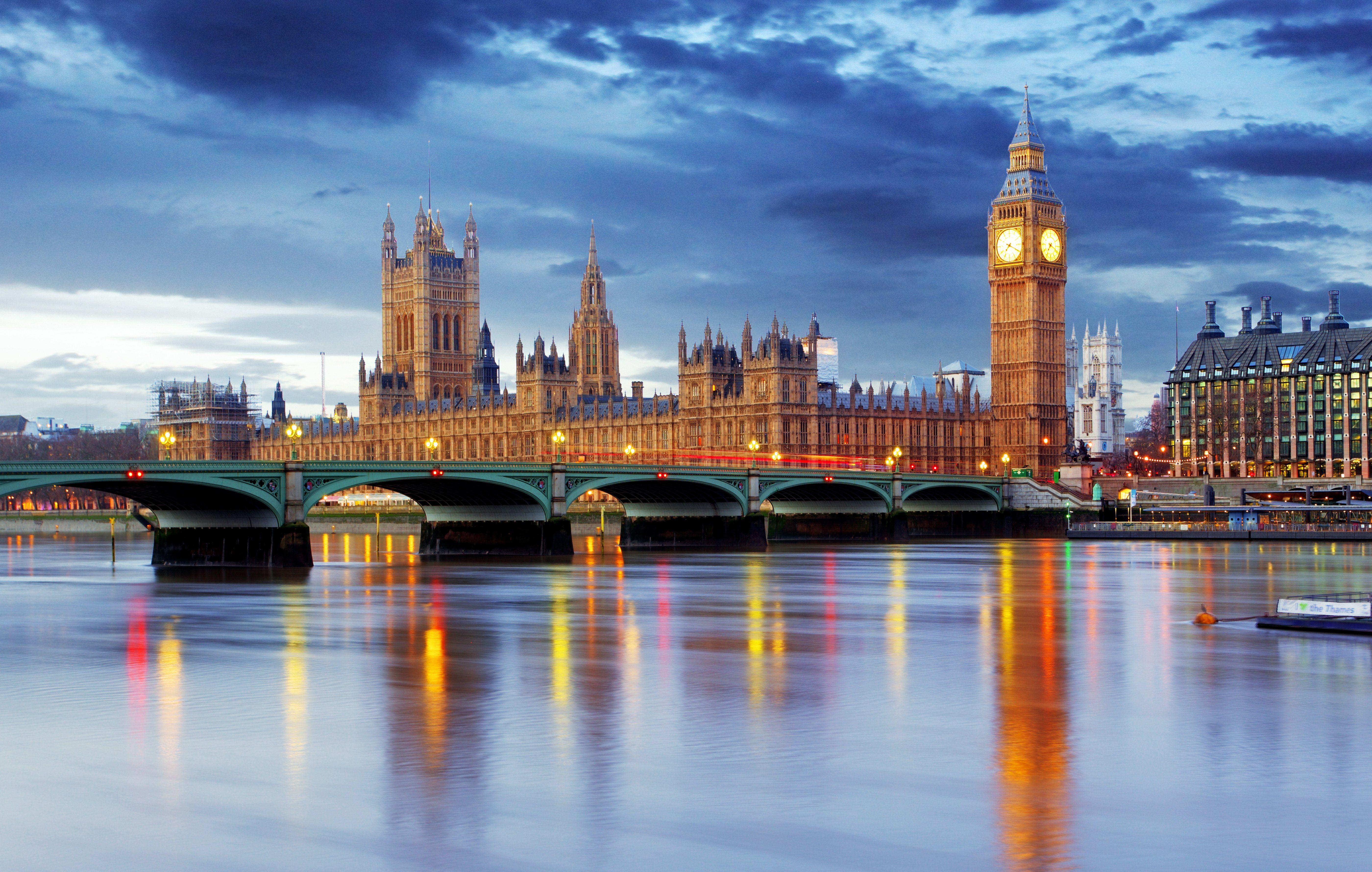
London is the beating heart of the UK. You can spend days exploring and still discover something new. Visit the British Museum, see the Crown Jewels at the Tower of London, or step inside Westminster Abbey. Each neighborhood adds something different, from trendy Shoreditch to classy Kensington.
Why it’s special: London is one of the most multicultural cities in the world. You’ll hear dozens of languages, taste foods from every continent, and see cultures blending everywhere.
Interesting Fact: The famous clock tower isn’t called Big Ben. That’s just the bell inside. The tower itself was renamed Elizabeth Tower in 2012 to honor Queen Elizabeth’s Diamond Jubilee.
2. The Scottish Highlands, Scotland
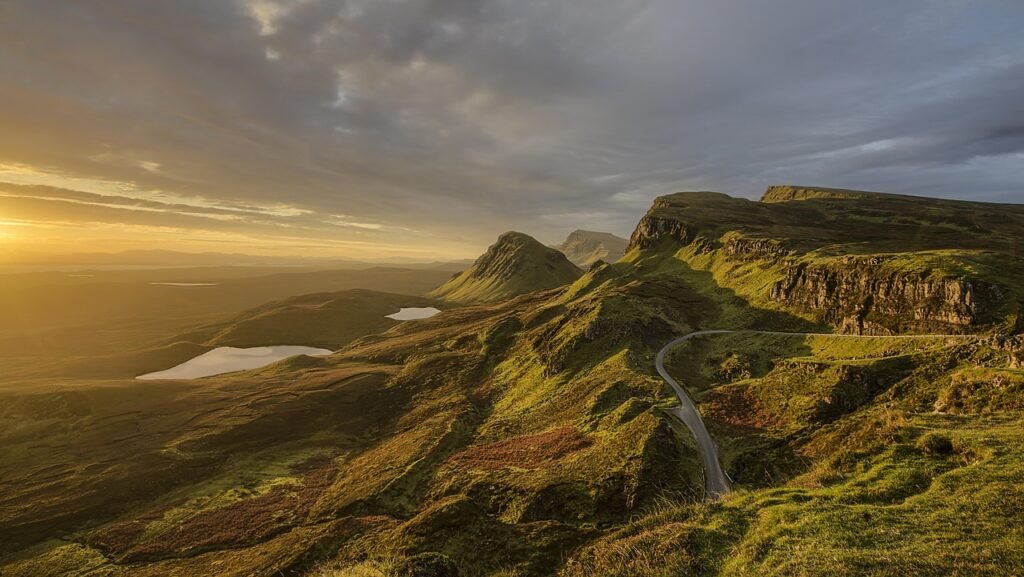
The Highlands are pure wilderness. Mountains rise high above glens, and deep lochs stretch into the mist. People come here to hike, camp, and take long road trips like the North Coast 500. And of course, many search for Nessie at Loch Ness.
Why it’s special: The Highlands are less about cities and more about freedom. Wide-open spaces, winding roads, and jaw-dropping views make it the perfect escape.
Interesting Fact: While most hikers chase Munros (mountains over 3,000 feet), the Highlands also have Corbetts—smaller peaks between 2,500 and 3,000 feet. There are more than 220 of them.
3. Edinburgh, Scotland

Edinburgh is a city with two faces. Its medieval Old Town is full of narrow lanes and hidden closes, while its Georgian New Town shows elegance and order. Edinburgh Castle, perched on a volcanic rock, overlooks everything.
Why it’s special: Each August, Edinburgh becomes the world’s biggest stage. The Fringe Festival attracts artists and performers from across the globe. The whole city turns into a carnival of comedy, theater, and music.
Interesting Fact: The Balmoral Hotel clock always runs three minutes fast. This quirky tradition was designed to help passengers catch trains from Waverley Station.
4. The Lake District, England
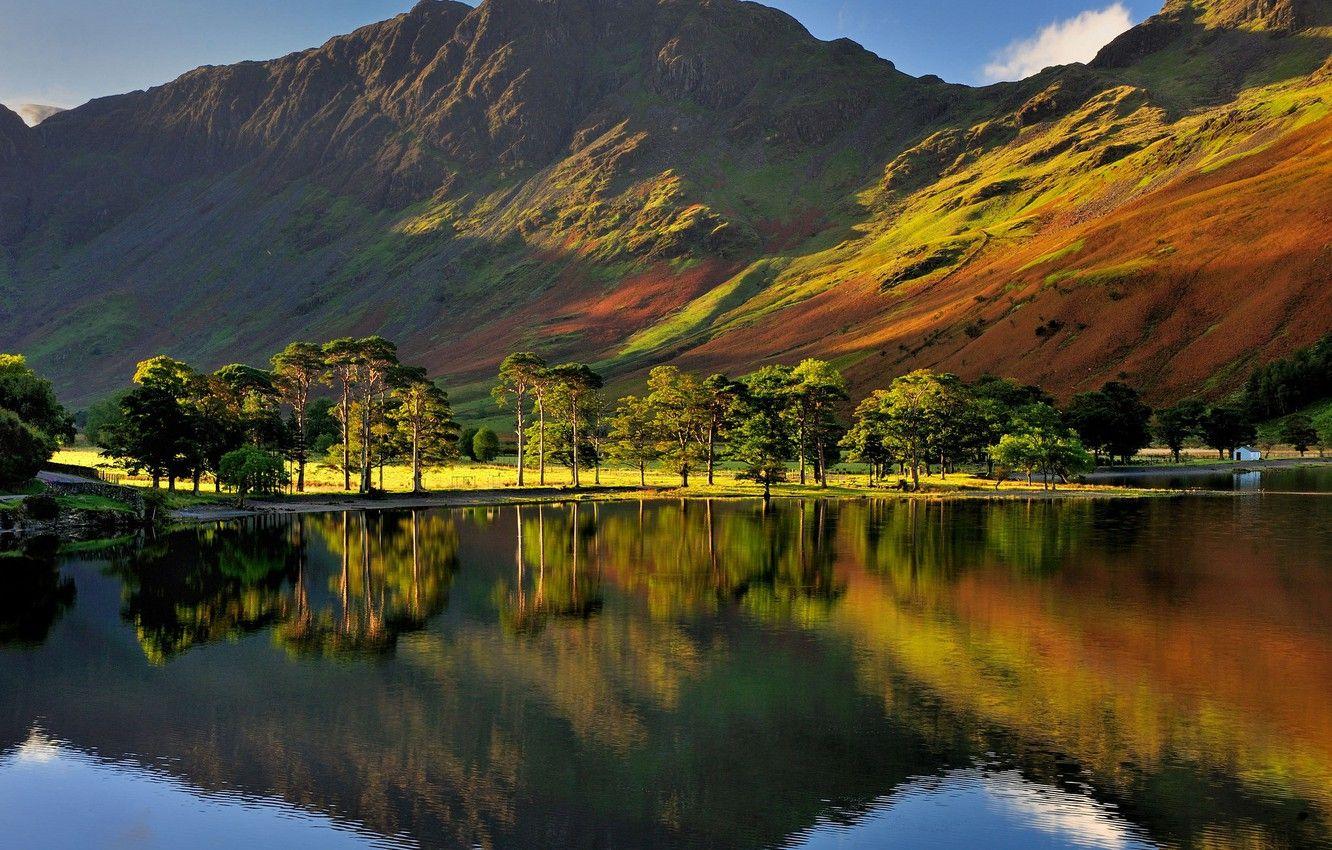
The Lake District is a dream for hikers, writers, and nature lovers. It’s home to England’s highest mountain, Scafell Pike, and its largest lake, Windermere. Writers like Beatrix Potter and William Wordsworth found endless inspiration here.
Why it’s special: You don’t need to be an expert hiker to enjoy the Lake District. Visitors can take boat rides, explore cozy villages, or simply relax by the water.
Interesting Fact: Wastwater, the deepest lake in England, is famous among divers. They once placed a “gnome garden” at the bottom as a secret attraction.
5. Bath, England
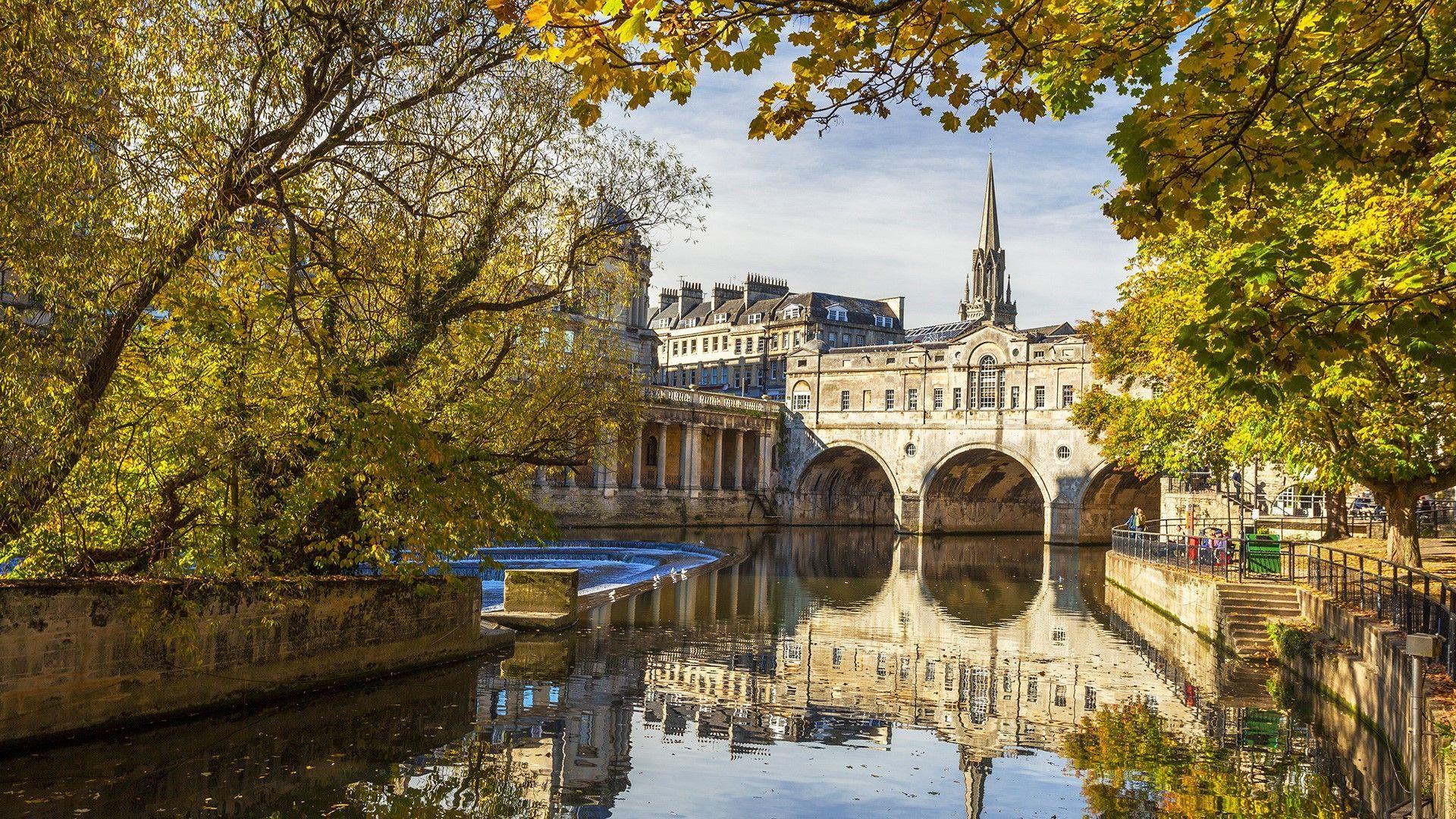
Bath shines with history. The Romans built their famous baths here nearly 2,000 years ago, and the Georgians later filled the city with graceful terraces like the Royal Crescent.
Why it’s special: Bath is one of only a handful of entire cities listed as UNESCO World Heritage Sites. Beyond its history, it has great shops, a relaxed vibe, and links to Jane Austen, who lived here.
Interesting Fact: The city’s hot springs have been bubbling up for over 10,000 years, staying at a steady 46°C (115°F).
6. The Cotswolds, England
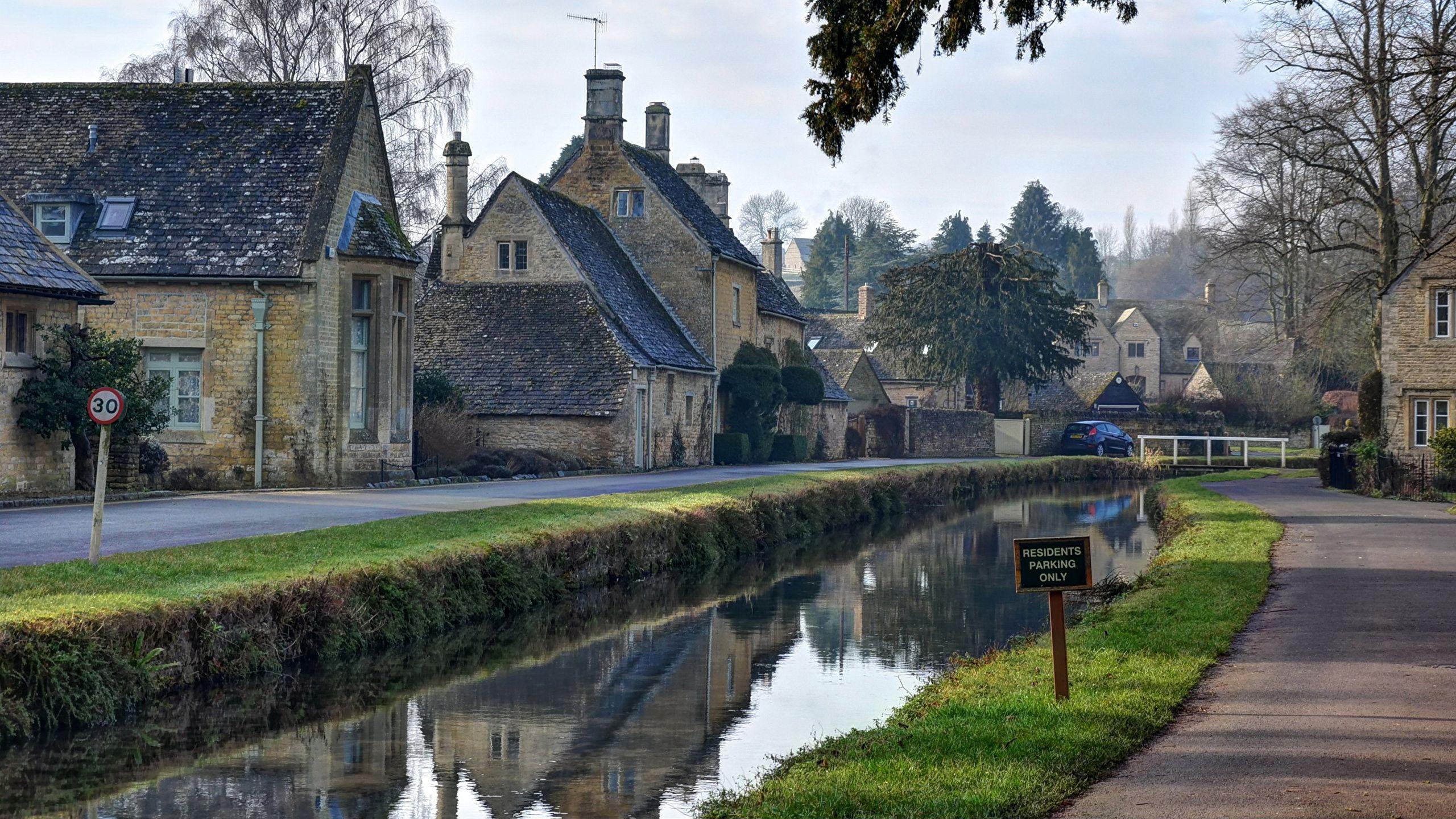
The Cotswolds feel like stepping into a storybook. Rolling green hills, thatched cottages, and villages made from golden limestone make the region unforgettable.
Why it’s special: Life here is slower. Travelers come for afternoon tea, antique shopping, and long walks through the countryside. Villages like Bourton-on-the-Water and Castle Combe look straight out of a movie.
Interesting Fact: The golden stone used in the Cotswolds glows at sunset because it contains a mineral called limonite.
7. Belfast, Northern Ireland
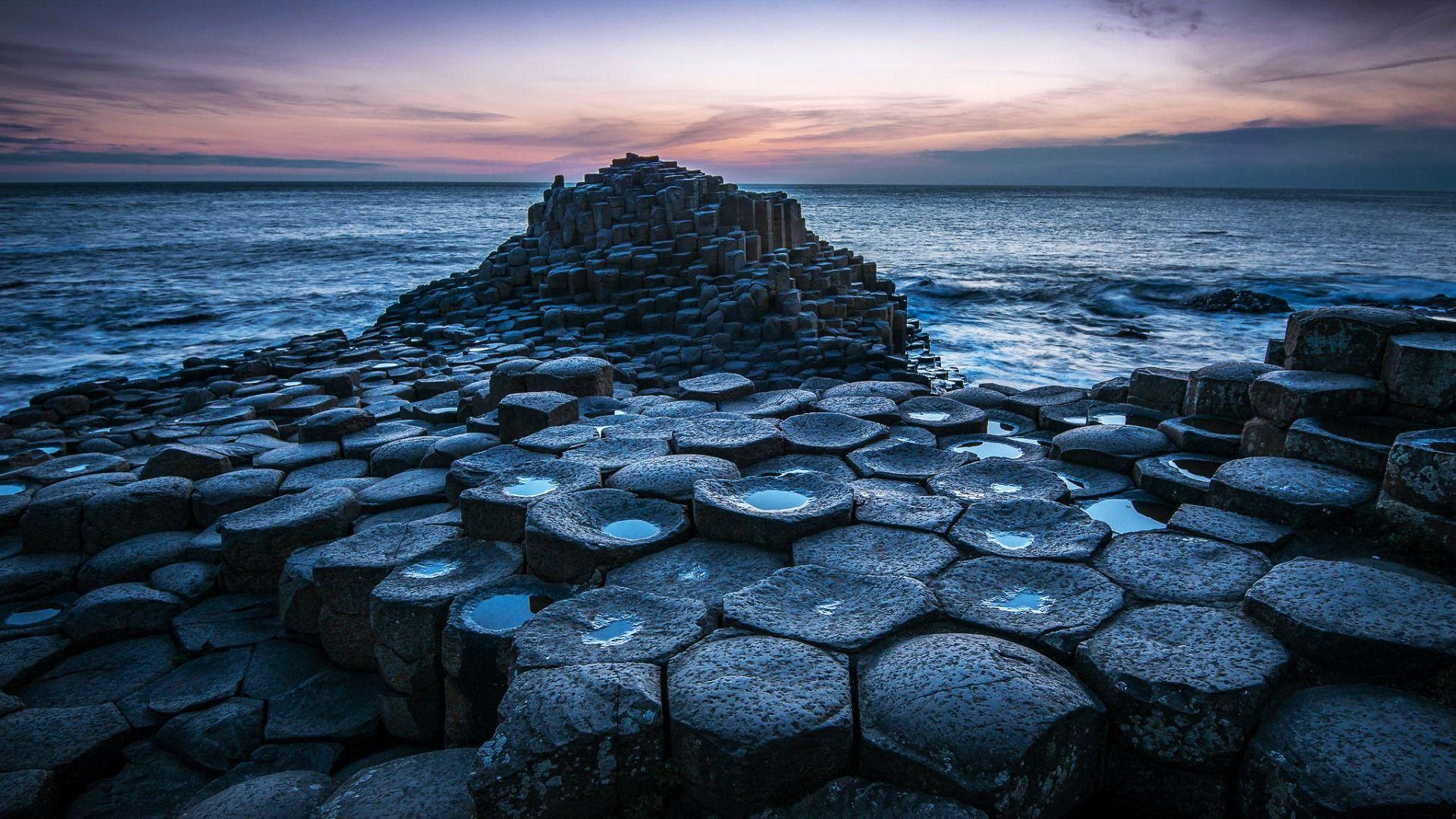
Belfast is full of stories. Once marked by conflict, today it’s a thriving city with art, food, and history. The Titanic Belfast museum is world-famous, while Black Taxi tours explain the city’s complex past through murals.
Why it’s special: Belfast combines a modern vibe with quick access to nature. From here, you can drive the Causeway Coast, one of the most scenic routes in the UK.
Interesting Fact: Titanic Belfast’s design matches the size of the ship’s hull and looks like four giant prows.
8. Isle of Skye, Scotland
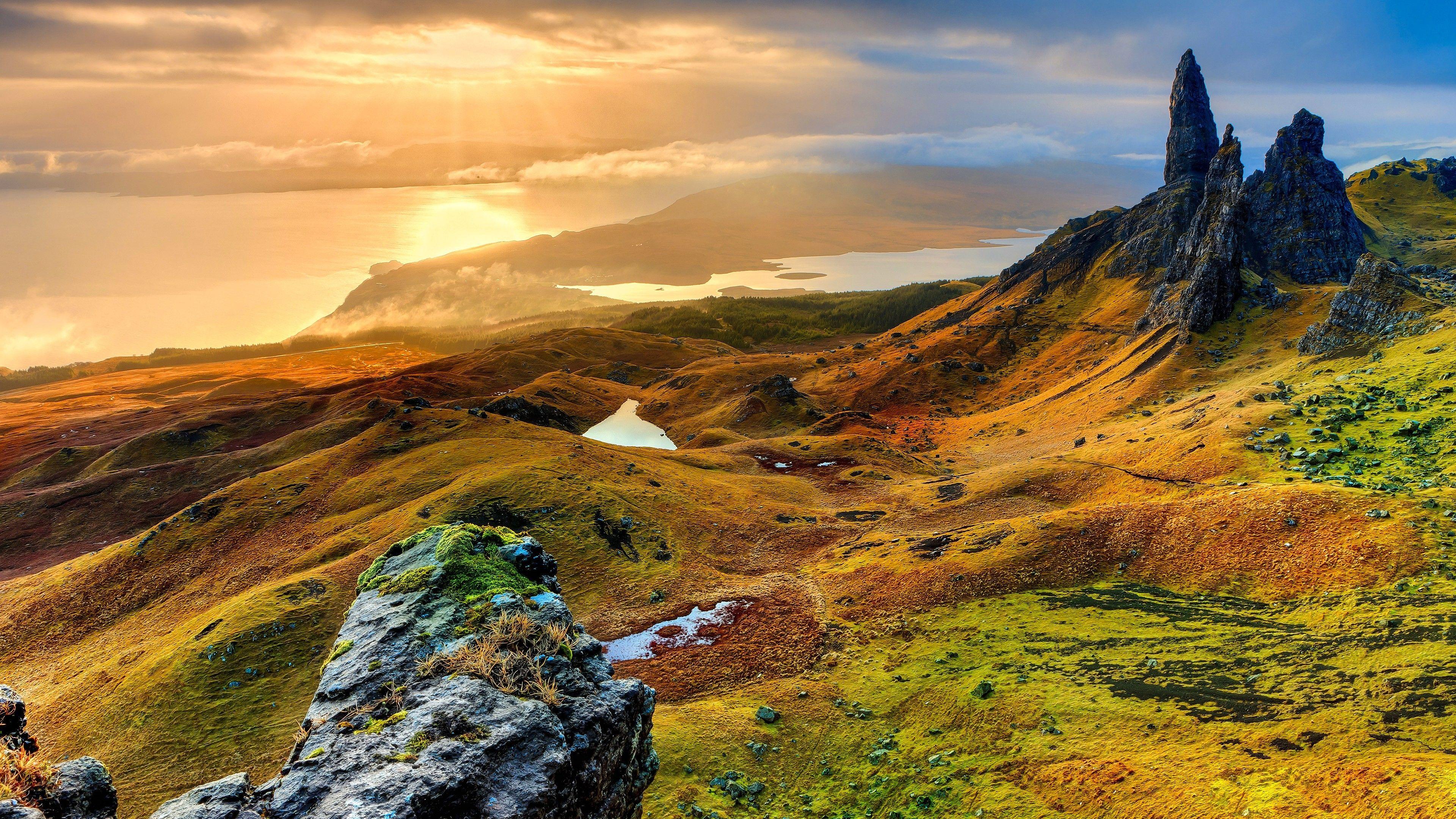
The Isle of Skye is pure magic. Its landscapes feel otherworldly, with highlights like the Fairy Pools, Old Man of Storr, and the Quiraing. It’s a favorite for hikers and photographers alike.
Why it’s special: The island often feels untouched, which is rare in modern times. Dramatic cliffs, hidden waterfalls, and wild coastlines make it unforgettable.
Interesting Fact: Skye’s rocks are some of the oldest in the world—around 3 billion years old.
9. Brighton, England
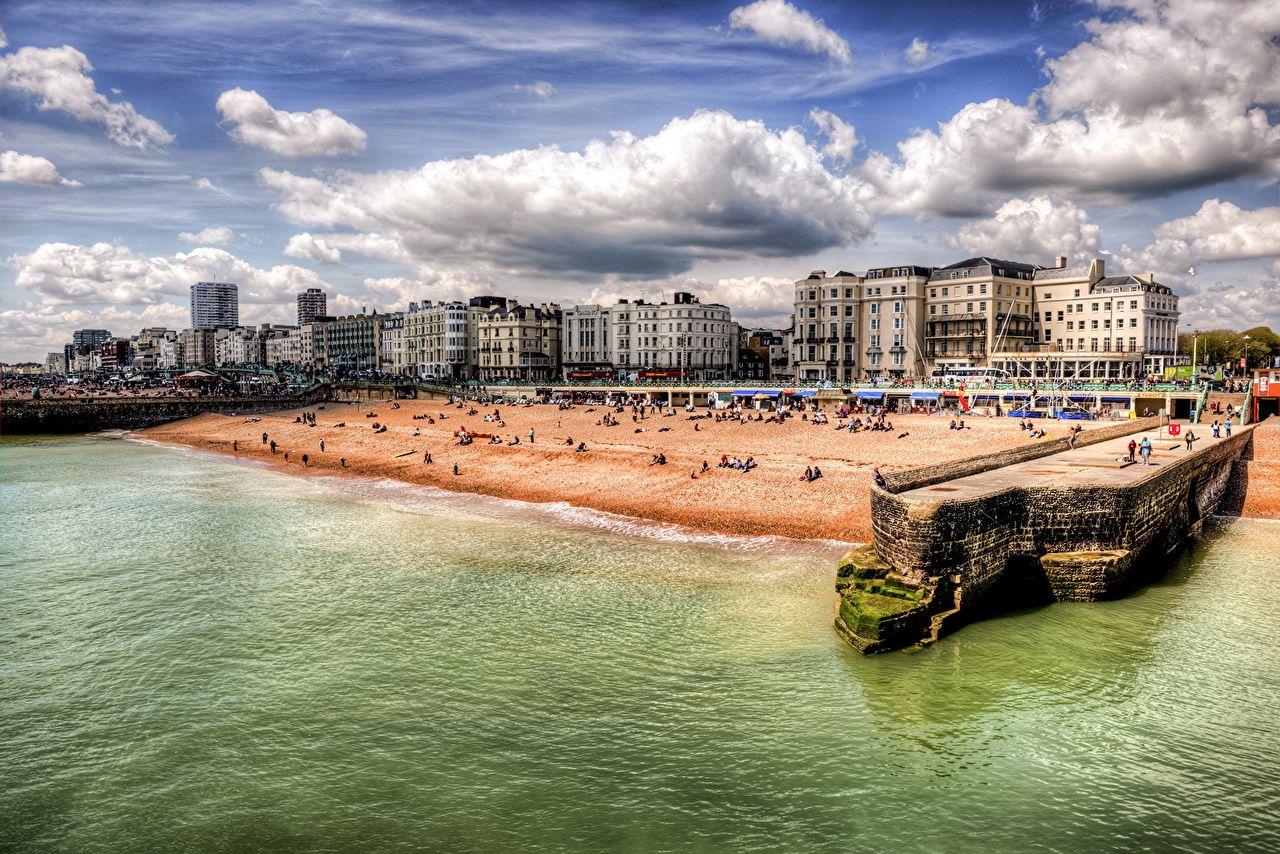
Brighton is playful and quirky. Known as “London by the sea,” it’s famous for the Royal Pavilion, Brighton Pier, and The Lanes—a maze of shops and cafés.
Why it’s special: Brighton mixes seaside fun with culture. You’ll find art galleries, concerts, and festivals alongside beach bars and arcades.
Interesting Fact: The Royal Pavilion looks like an Indian palace, but it started as a farmhouse. King George IV turned it into his lavish retreat.
10. York, England
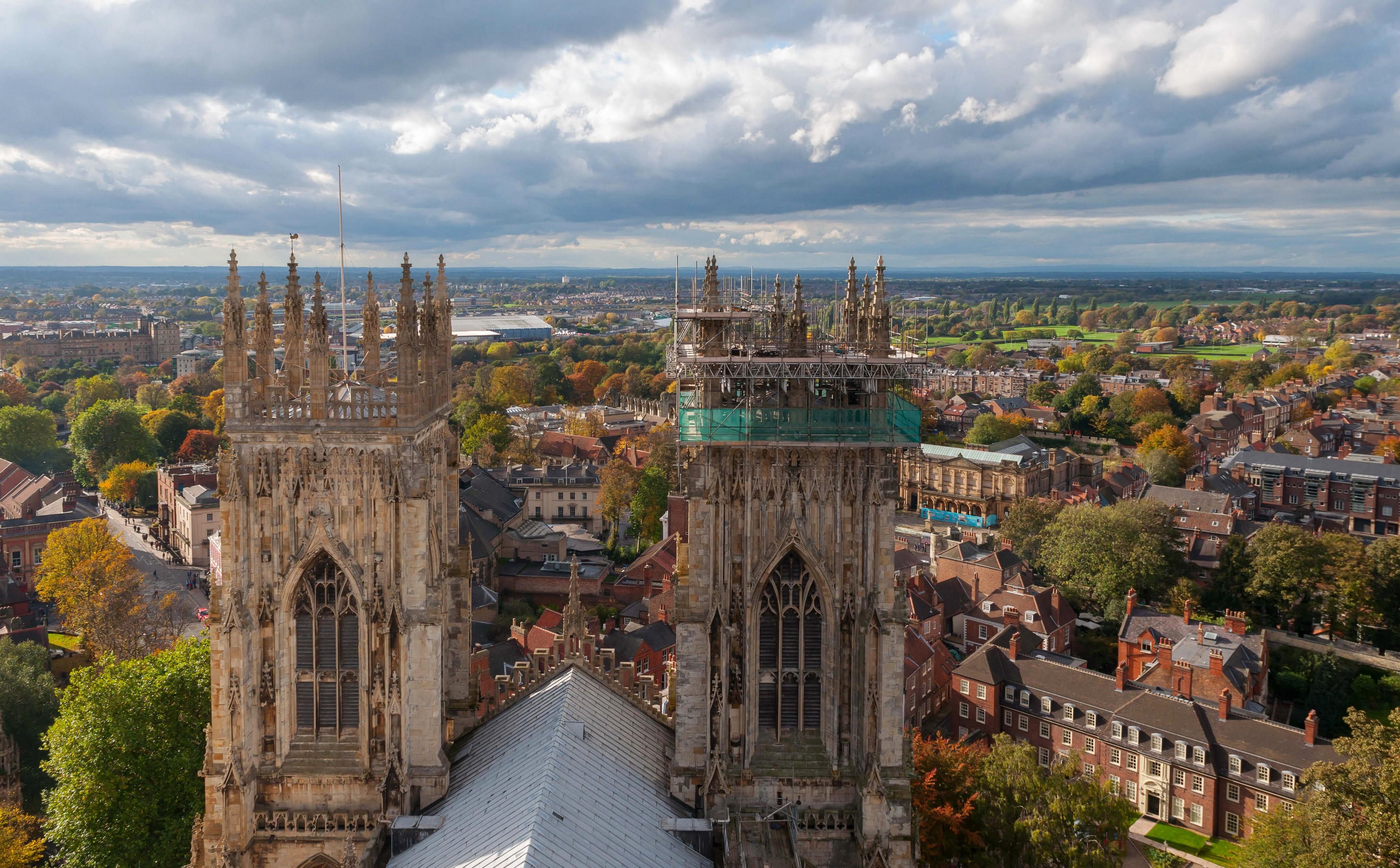
York is one of England’s most historic cities. Walk its medieval walls, explore The Shambles, and marvel at York Minster, one of Europe’s largest cathedrals.
Why it’s special: York blends Roman, Viking, and medieval history in one compact city. It feels like stepping through time with every turn.
Interesting Fact: The Shambles’ sloping streets once helped butchers wash blood away, while overhanging houses kept meat shaded.
11. Snowdonia (Eryri), Wales
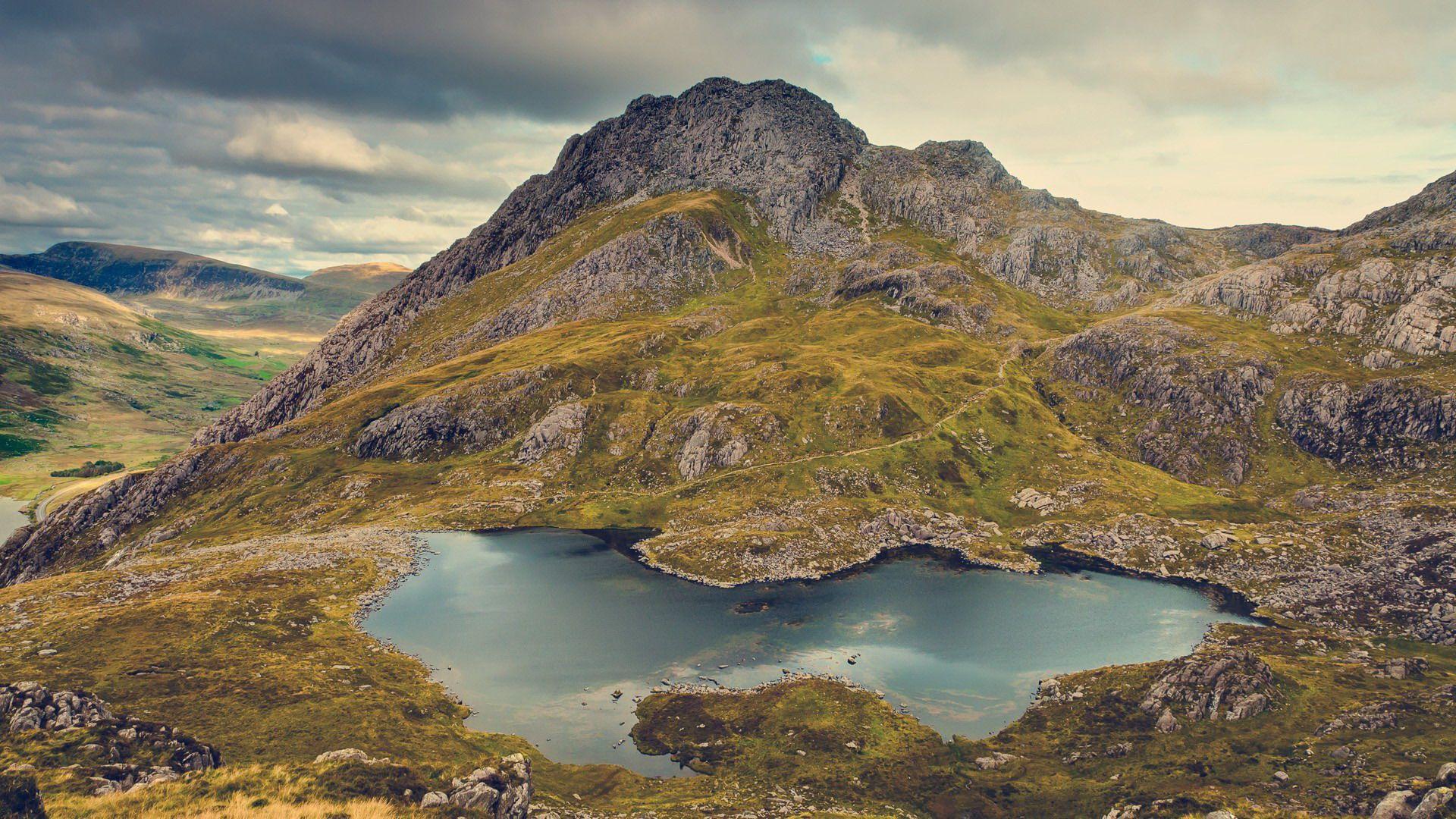
Snowdonia is Wales’s adventure playground. Its peaks, lakes, and valleys make it perfect for hiking and climbing. Mount Snowdon is the star, though the entire park is packed with trails.
Why it’s special: You don’t have to climb on foot. The Snowdon Mountain Railway carries visitors almost to the top, offering sweeping views.
Interesting Fact: Though shaped by glaciers, many of the mountains began as volcanoes 500 million years ago.
12. Giant’s Causeway, Northern Ireland
The Giant’s Causeway is one of the UK’s most unique landscapes. Thousands of hexagon-shaped stones stretch along the coast, formed by ancient volcanic activity.
Why it’s special: Myths say the columns were built by a giant named Finn McCool. Whether you believe the legend or the science, it’s unforgettable.
Interesting Fact: The stones formed in three stages, not one. That’s why they look so perfectly shaped.
13. Cambridge, England
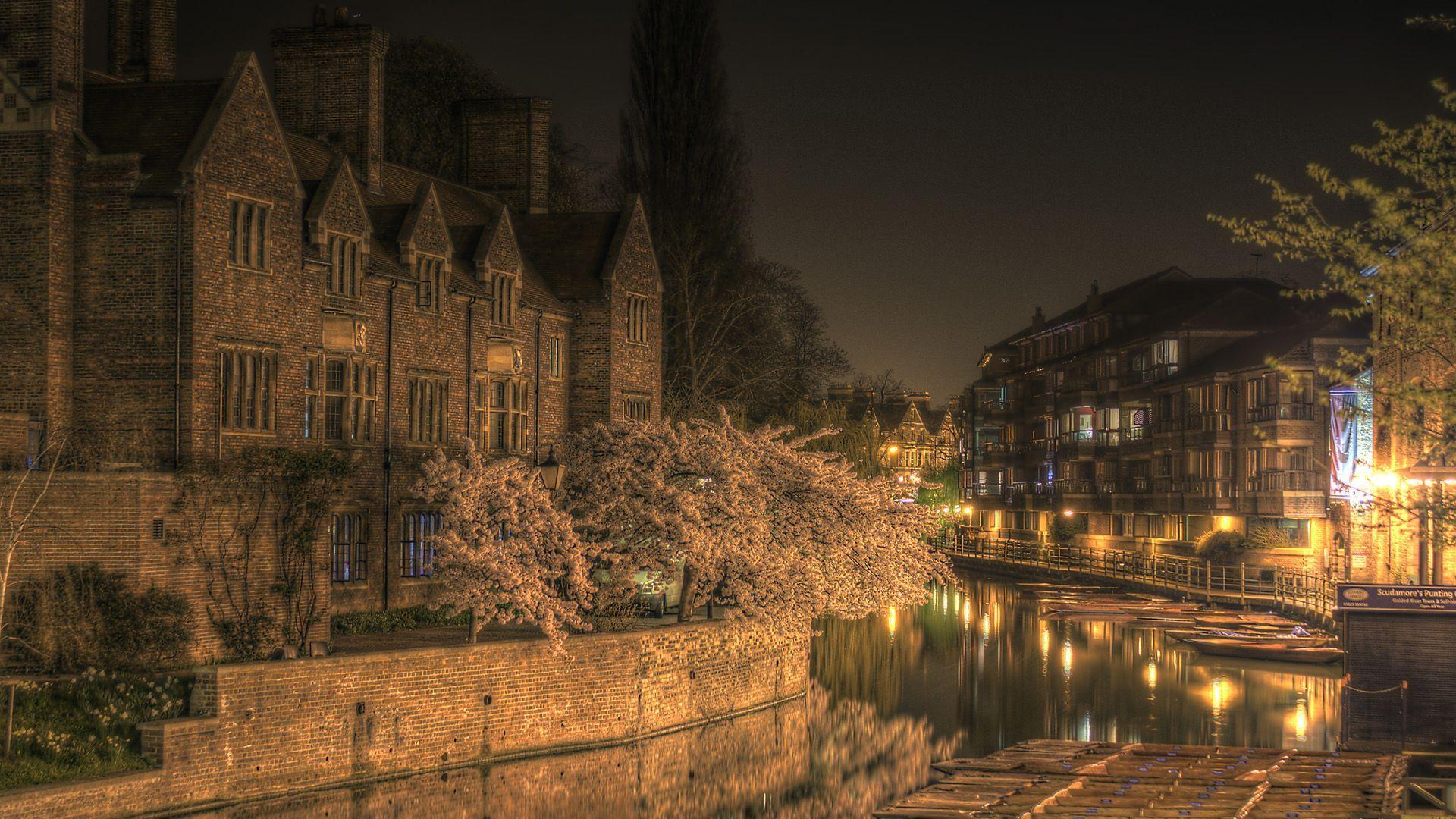
Cambridge is famous for its university. Visitors punt along the River Cam, explore college courtyards, and admire King’s College Chapel.
Why it’s special: Cambridge feels calmer than London, making it perfect for a day trip. It’s also a hub of science and discovery, with Nobel Prize winners linked to the university.
Interesting Fact: Cambridge was founded in 1209 by scholars who left Oxford after a fight.
14. Stonehenge, England
Stonehenge remains one of the world’s greatest mysteries. Built around 2500 BC, the circle of massive stones still sparks debate about its purpose.
Why it’s special: Many believe it was a temple, an astronomical calendar, or even a burial site. No one knows for sure, which makes it even more fascinating.
Interesting Fact: Some of the stones ring like bells when struck, suggesting sound was part of rituals there.
15. The Jurassic Coast, England
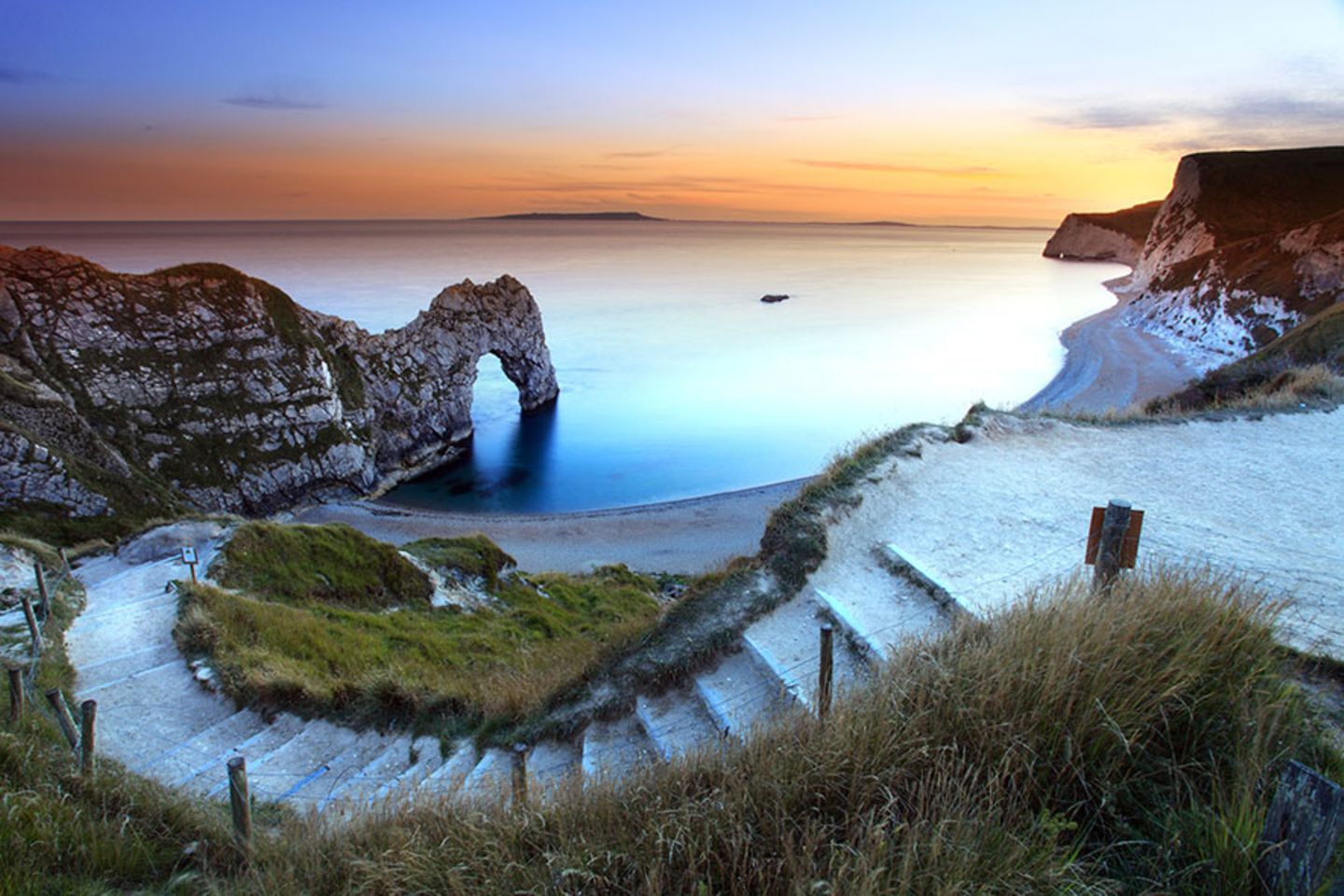
The Jurassic Coast stretches 95 miles along southern England. It’s famous for fossils, cliffs, and rock formations like Durdle Door.
Why it’s special: This coast tells Earth’s history across 185 million years. Fossil hunters still make discoveries here, just like in the days of Mary Anning.
Interesting Fact: The tongue-twister “She sells seashells by the seashore” was inspired by Mary Anning, a fossil collector from this area.
16. Cornwall, England
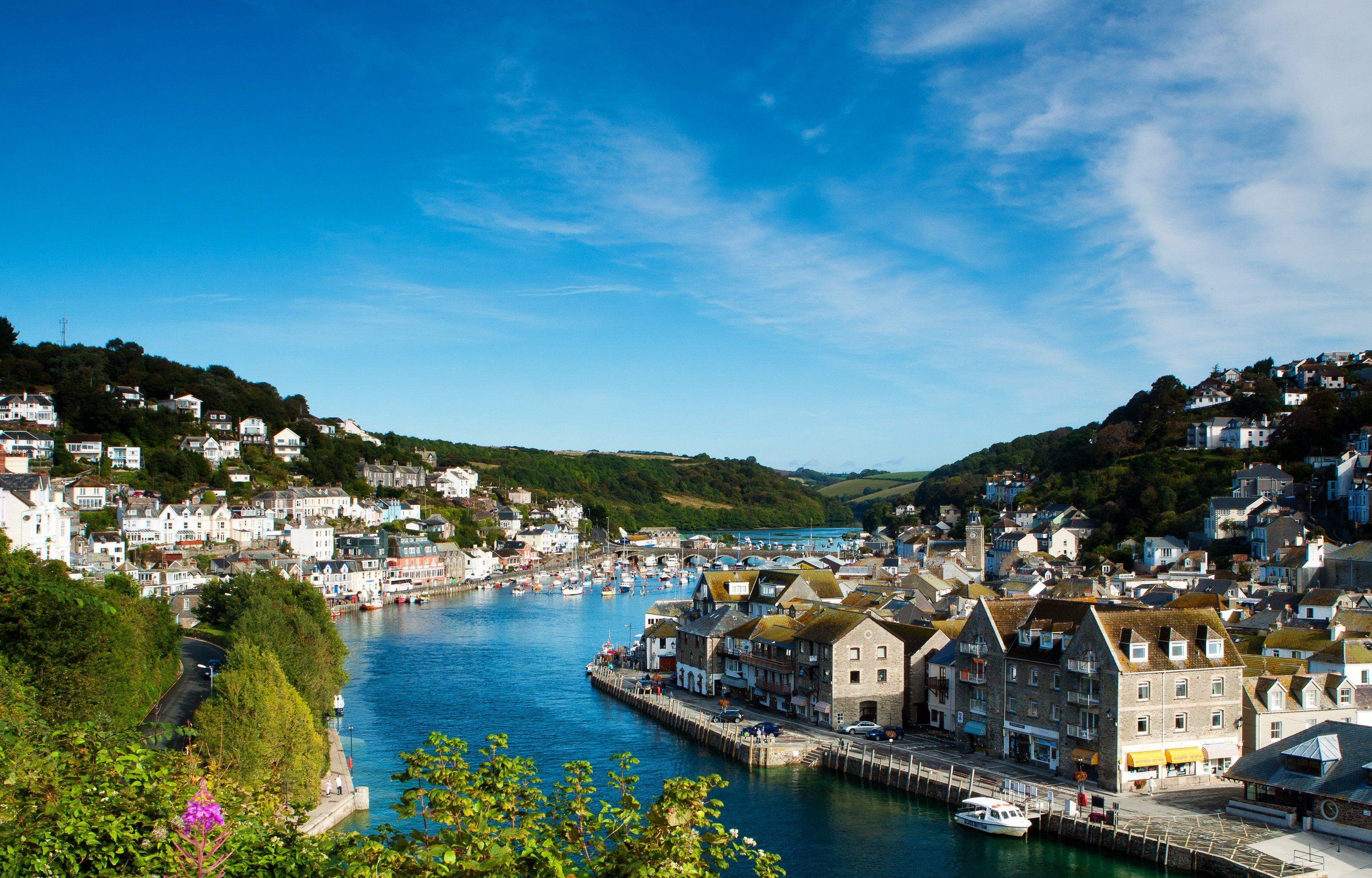
Cornwall is full of rugged cliffs, sandy beaches, and charming fishing villages. Highlights include the Eden Project, St Ives, and legendary Tintagel Castle.
Why it’s special: Cornwall mixes natural beauty with myth. Surfers love its waves, while history fans enjoy its castles and tales of King Arthur.
Interesting Fact: According to legend, King Arthur was born at Tintagel Castle.
17. Cardiff, Wales
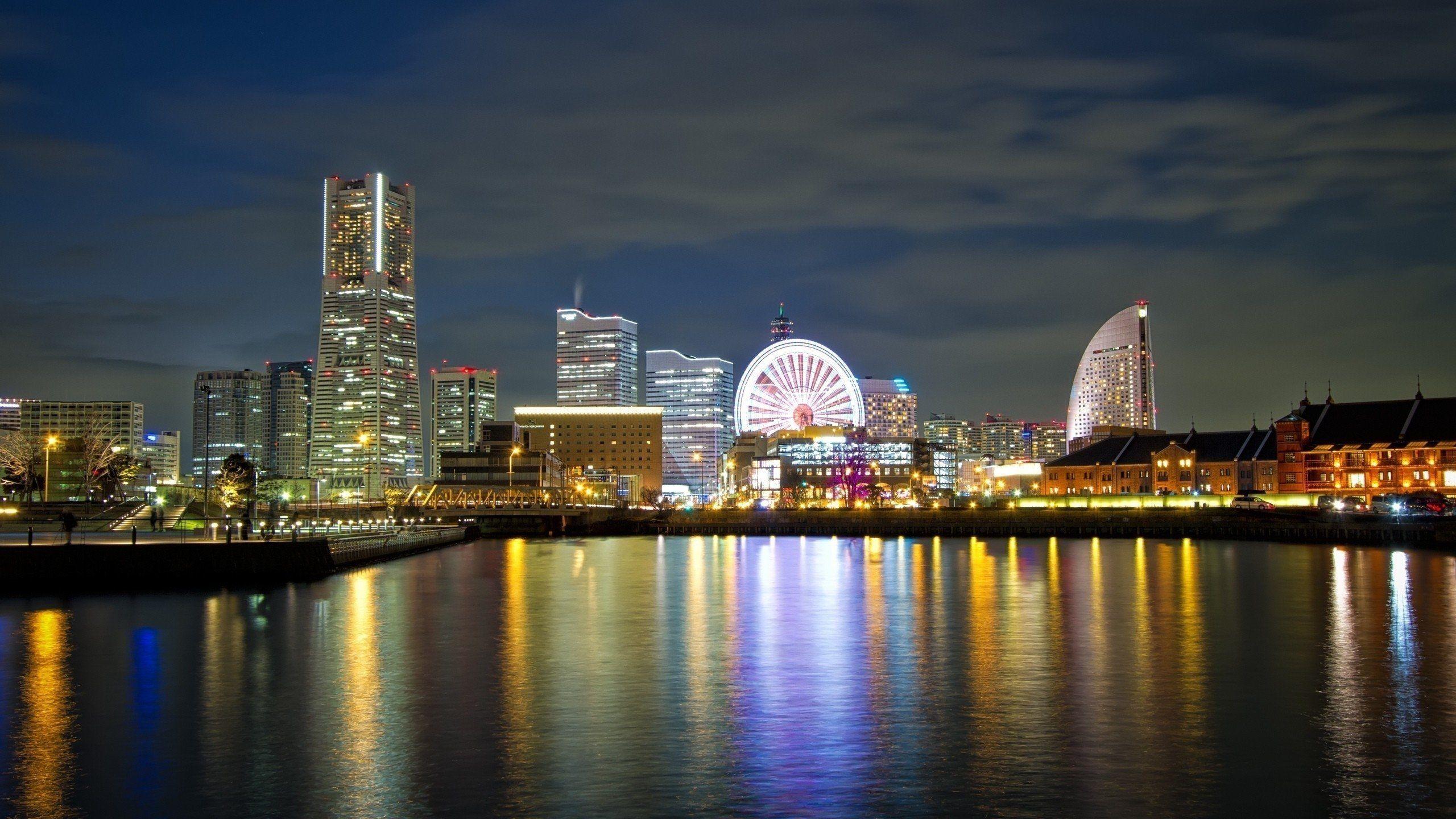
This is a small city with big energy. Cardiff Castle sits in the middle, while the bay area offers restaurants, theaters, and shops. Rugby fans also flock here.
Why it’s special: Cardiff blends Roman, Norman, and modern history in one spot. It’s also home to one of Europe’s most passionate rugby crowds.
Interesting Fact: The first Roman fort on the site of Cardiff Castle was built nearly 2,000 years ago.
18. Liverpool, England
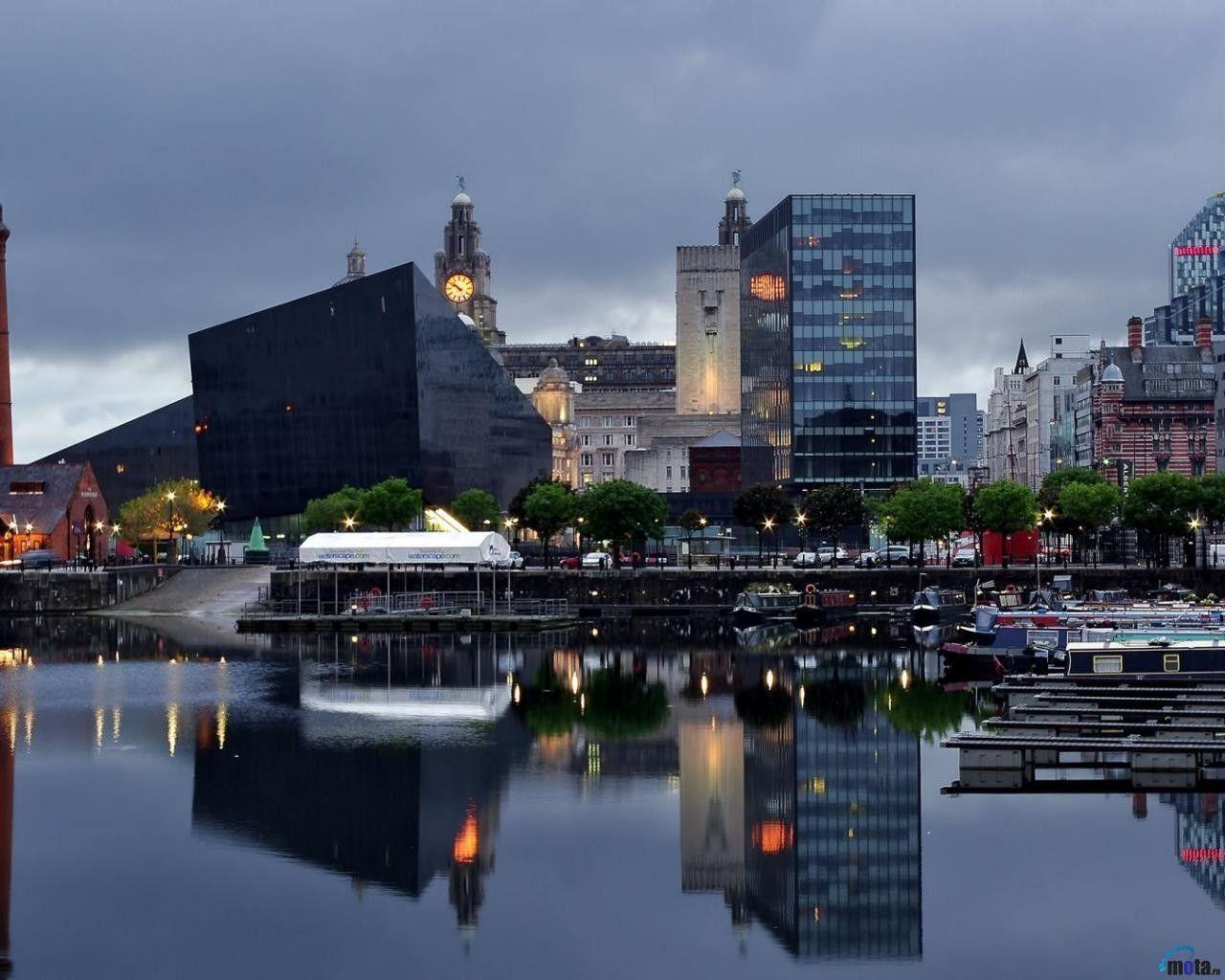
Liverpool is music, culture, and football all rolled into one. Visit The Beatles Story, walk the UNESCO-listed docks, or catch a game at Anfield.
Why it’s special: Beyond The Beatles, Liverpool has produced more number-one hits than any other UK city. Its nightlife and culture make it unforgettable.
Interesting Fact: Over 50 number-one singles have come from Liverpool artists.
19. The Peak District, England
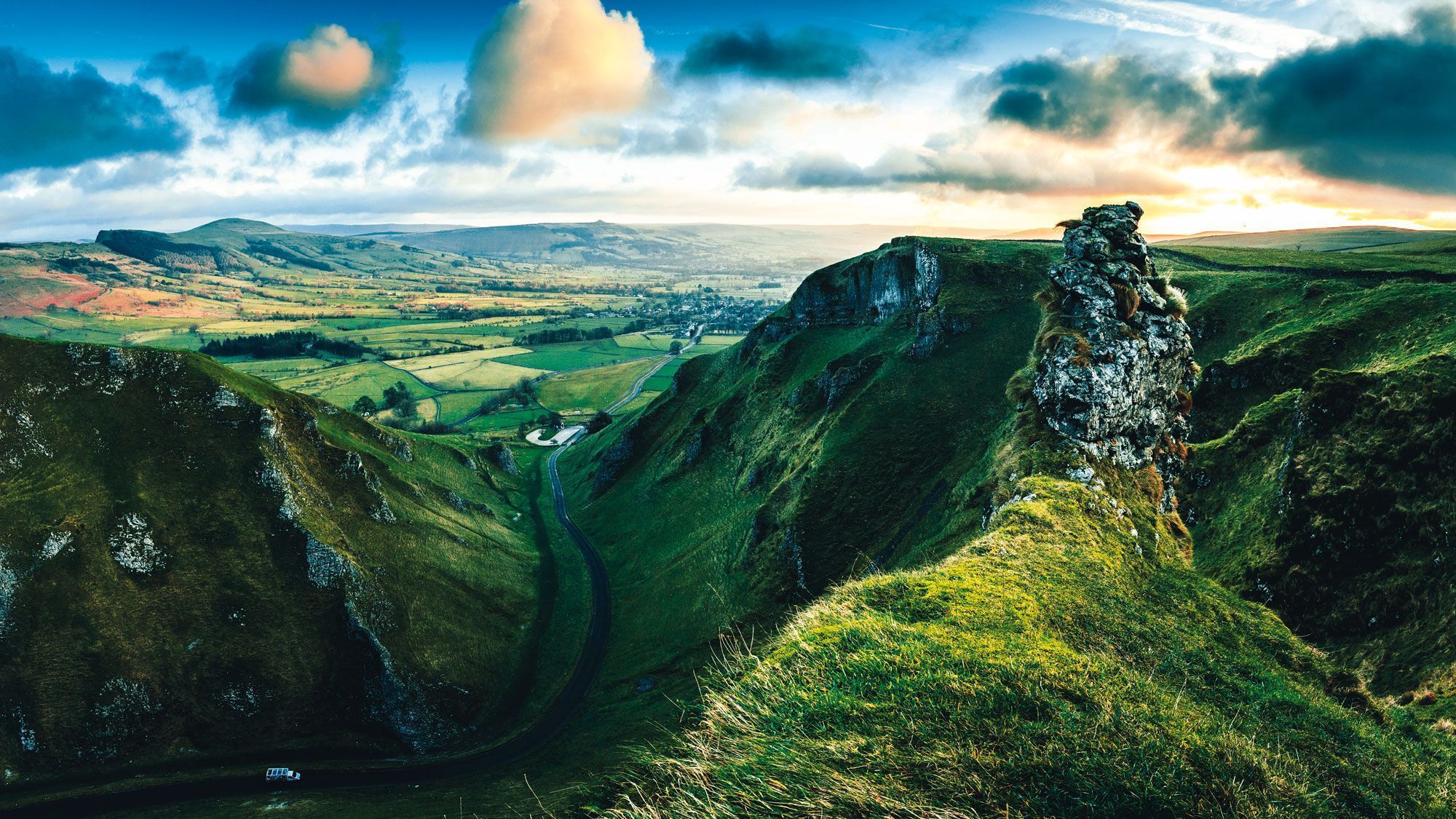
The Peak District was the UK’s first national park. It’s filled with hiking trails, cycling routes, and cozy stone villages.
Why it’s special: The park is close to major cities, making it an easy escape into nature. Rolling hills and limestone valleys make it popular year-round.
Interesting Fact: The name “Peak District” doesn’t come from mountains. It comes from an Anglo-Saxon tribe called the Pecsaetan, meaning “peak dwellers.”
20. Durham, England
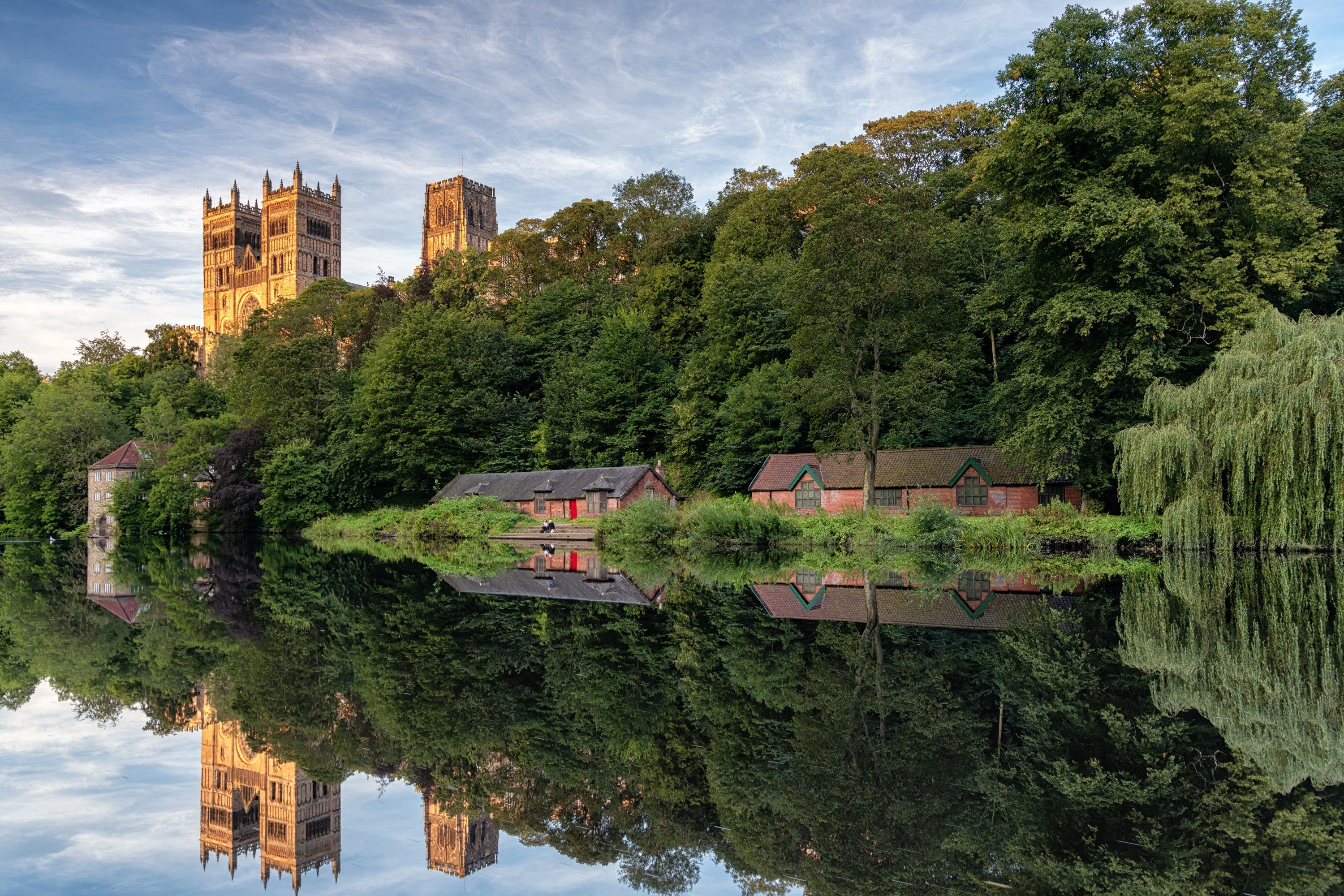
Durham is small but packed with charm. Its cathedral and castle dominate the skyline, while winding streets invite exploration.
Why it’s special: Durham mixes history with student life, giving it both energy and tradition. The cathedral is considered one of the finest in Europe.
Interesting Fact: Durham Cathedral has the oldest surviving rib-vaulted ceiling in Europe, a key step toward Gothic architecture.
Final Word
The UK is far more than just castles and pubs. It’s a country full of surprises, legends, and hidden details. Whether you’re standing under Stonehenge’s stones, climbing in Snowdonia, or sipping tea in the Cotswolds, each place adds a new piece to the story.
So, where will you go first?




